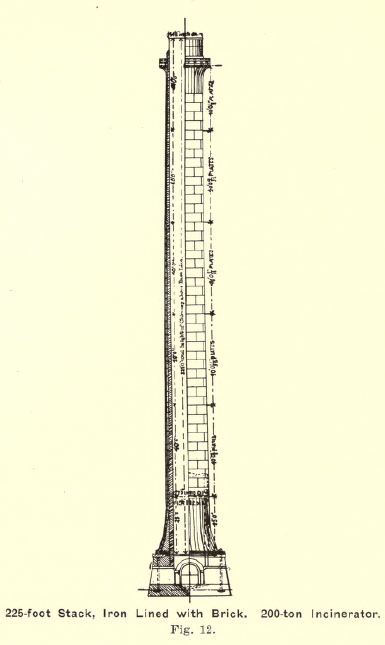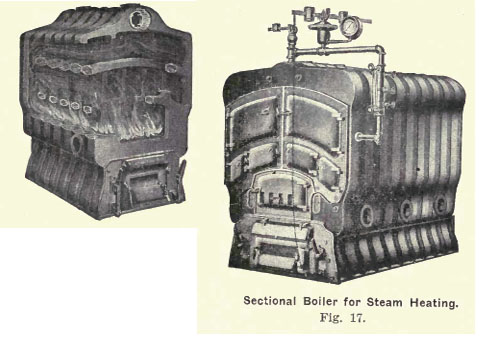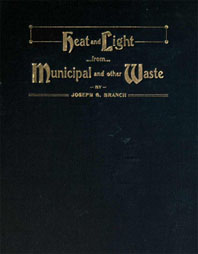The idea of generating electricity from garbage is certainly not new as can be seen here in an excerpt from the 1905 publication, Heat and Light: From Municipals Waste.
Electricity From Garbage
“Introductory Remarks.
The first consideration with all municipalities should be the safety and health of its citizens, and next, to secure for them at a reasonable cost those necessities controlled by public grants.
There is no more serious menace to the health of any community than its refuse, nor a greater necessity to the comfort and welfare of its citizens than plenty of heat and light at a moderate cost. [see here items that were being recycled from a New York refuse site in 1899]
For the last twenty-five years this country, like all other countries, has been trying to meet these requirements of its citizens, by a better system of garbage disposal, and by more heat and light at less cost. What has been the result of these efforts, I have attempted to set out in this work, without bias, and –with but one purpose in view, that of calling the attention of our public officials and engineers to the success that has been made in this line in other countries, and how little success has been made by us.

Electricity From Garbage
Not only has the disposal of refuse not as yet been made sanitary in this country, but the enormous amount of public money which is annually spent for this work, can be seen by a comparison of the cost of refuse disposal per capita of American and foreign cities. While the cost of refuse disposal rarely exceeds 1 cent per capita in any foreign city, it cost Philadelphia for the year of 1903, $514,875.00, or 38 cents per capita; Chicago $683,665, or 37 cents per capita; St. Louis $266,937,. or 44 cents per capita; Boston $651,000, or $1.09 per capita; New York $78,144, or 2 cents per capita.
For 14 cities with a population above 300,000 the average cost per capita is 28 cents. The average of 23 cities between 100,000 and 300,000 population, is 23 cents per capita, while the average of 41 cities, between 50 and 100 thousand population is 26 cents per capita. It will be seen from this that New York City alone compares favorably with foreign cities in cost of disposing of its refuse. This city is also the equal of any city in Europe in its system of collecting its waste.
The reason for this enormous discrepancy is that all refuse in foreign cities is incinerated, and the waste heat therefrom utilized for some public works, such as electric lighting, water works, sewerage pumping or mortar mills. With the single exception of New York City, which has recently installed an incinerating plant from which electric current is generated for the surrounding district, there is not another American city utilizing this waste heat in any form.

But, far more valuable than for any purpose that this heat has yet been utilized, is its future value to the modern central heating plants, permitting them to supply heat for large districts at a small cost.
The system of central heating is distinctly of American origin, and the official data collected by me from those cities in which such systems have been installed, show the general satisfaction that they are giving to the public. For the official data throughout this book, I am indebted to the public officials of the different cities, who I found not only willing to assist, in every way in their power, but anxious to secure any information which might be of service in securing for their cities a more satisfactory and economical solution of these problems”.  Information for this page was derived from the publication: Electricity From Garbage: Joseph G. Branch, B. S., M. E., 1905, Heat and Light: From Municipals Waste,WM. H. O’Brien Printing and Publishing CO. St. Louis, MO, United States of America.
Information for this page was derived from the publication: Electricity From Garbage: Joseph G. Branch, B. S., M. E., 1905, Heat and Light: From Municipals Waste,WM. H. O’Brien Printing and Publishing CO. St. Louis, MO, United States of America.
You can purchase a copy of this historical old text (330 pages) in an electronic format. The full book was scanned and turned into a PDF file which can be downloaded and read on a computer.
You may also be interested in the History of Lighting and Street Illumination in 1888.
